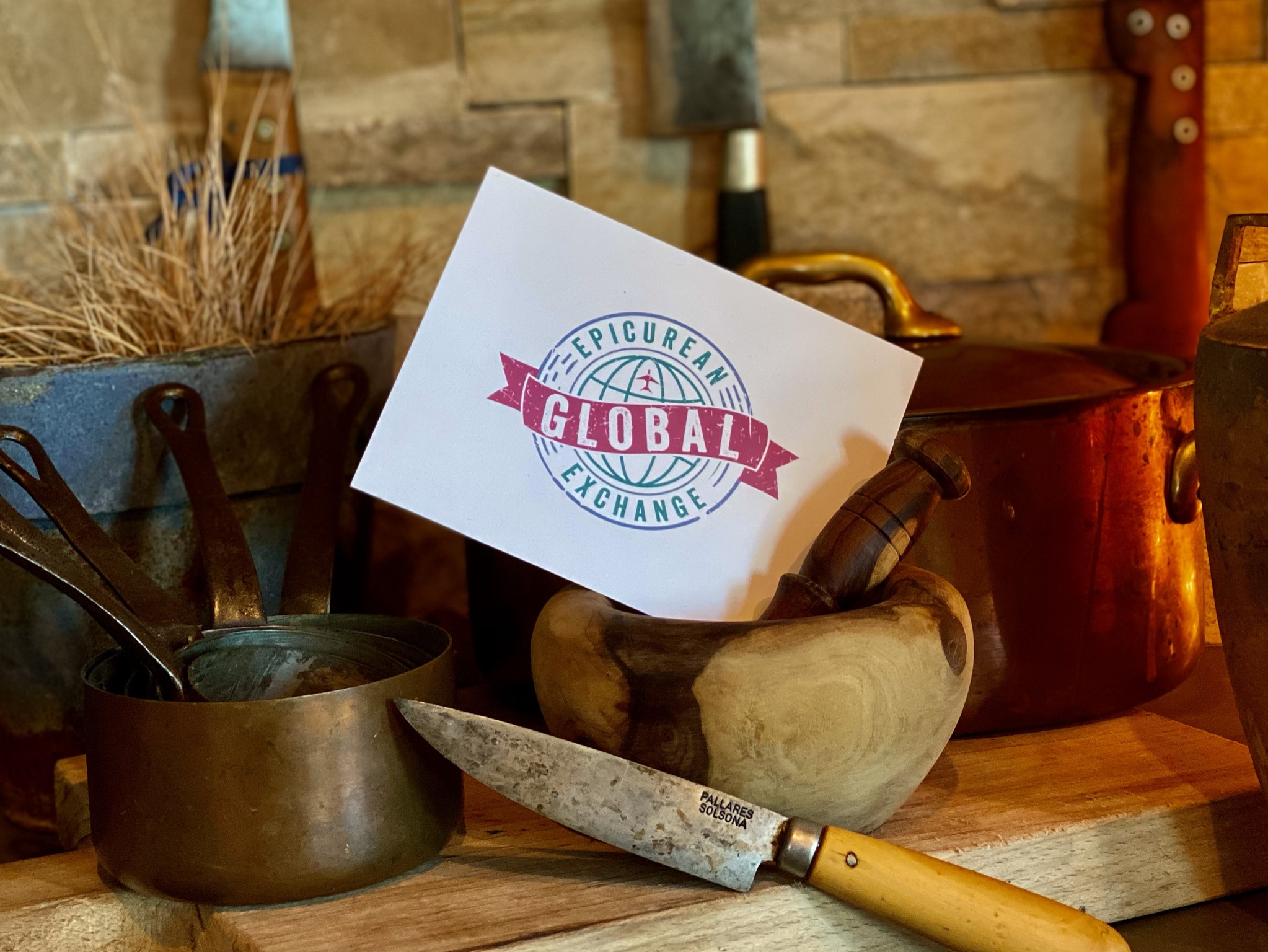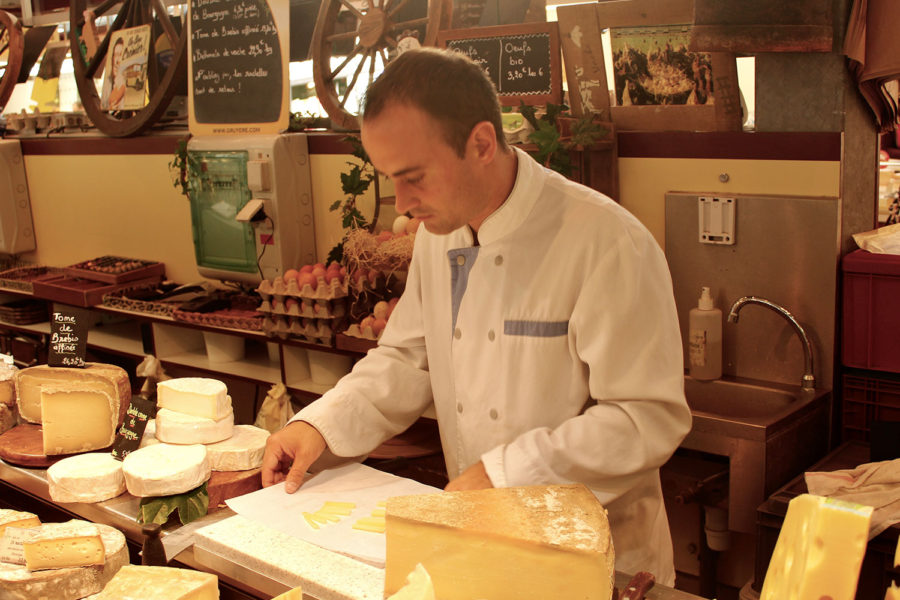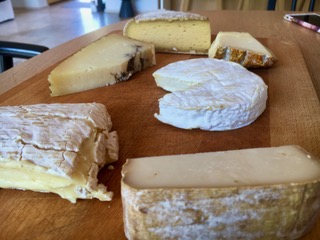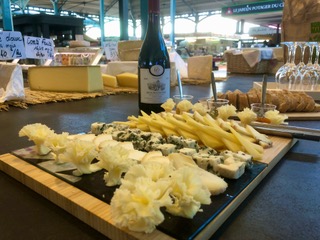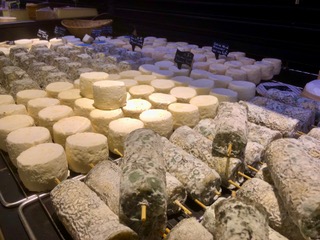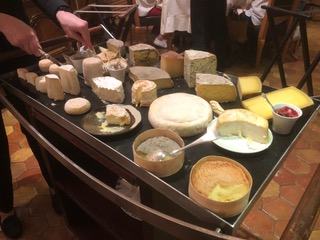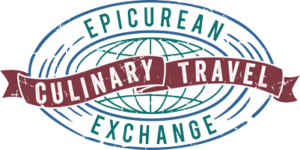“In one of his memorable witticisms, General Charles de Gaulle once quipped ‘How can you govern a country that has 246 varieties of cheese?’ What he meant by that was not quite clear – whether he was commenting on France or on French cheese; yet this remark has gone down in history among de Gaulle’s most memorable quotations. What he probably meant was that France as a country is as diverse as its cheeses – or vice-versa. And just as France is physically the most varied country in Europe, so its cheeses reflect this wide and rich cultural diversity.” – about-france.com

Chairman of the Provisional Government of the French Republic (1944 – 1946)
President of France (1959 – 1969)
There are about 1,600 distinct types of French cheese. There can be many varieties within each type of cheese, leading some to claim closer to 1,000 types of French cheese. They are grouped into eight categories or, ‘les huit familles de fromage’ (the eight families of cheese):
• Pressed Cheeses (Fromages à Pate Pressée)
• Pressed and Cooked Cheeses (Fromages à Pate Pressée et Cuite)
• Goat Cheeses (Fromages de Chèvre)
• Blue Cheeses (Fromages à Pate Persillées)
• Soft Cheeses with Natural Rind (Les Fromages à Pâte Molle et à Croûte Fleurie)
• Soft Cheeses with Washed Rind (Les Fromages à Pate Molle et à Croute Lavée)
• Fresh Cheeses (Fromages Frais)
According to Wikipedia: “Under the Common Agricultural Policy of the European Union, certain established cheeses, including many French varieties, are covered by a protected designation of origin (PDO), and other, less stringent, designations of geographical origin for traditional specialities, such as the French appellation d’origine contrôlée (AOC) system, the Italian denominazione di origine controllata (DOC) system, and the Spanish Denominación de origen system.
French cheese production is classified under four categories, and PDO/AOC rules dictate which category or categories each protected cheese may be assigned to:
• Fermier: farmhouse cheese, which is produced on the farm where the milk is produced.
• Artisanal: producer producing cheese in relatively small quantities using milk from their own farm, but may also purchase milk from local farms.
• Coopérative: dairy with local milk producers in an area that have joined to produce cheese. In larger coopératives quantities of cheese produced may be relatively large, akin to some industrial producers.
• Industrial: factory-made cheese from milk sourced locally or regionally, perhaps all over France (depending on the AOC/PDO regulations for specific cheeses).
The following are some of our French destinations and the cheeses we enjoyed there:
Some cheeses are classified, protected, and regulated under French law. The majority are classified as Appellation d’origine contrôlée (AOC), the highest level of protection. Some are also protected under the less stringent but still legally regulated designation Label Régional (LR). A few French cheeses are protected under the European Union’s Protected Geographic Indication designation (PGI). Many familiar generic types, like Boursin, are not covered, while others originally from other countries, such as Emmental cheese, may have certain varieties protected as a French cheese. This list differs from those of AOC status.”
Looking forward to future travel adventures, which ALWAYS includes discovering and enjoying more of the world’s cheeses!
If you’d like to learn more about our upcoming tours beginning in 2021, visit epicureanexchange.com.
